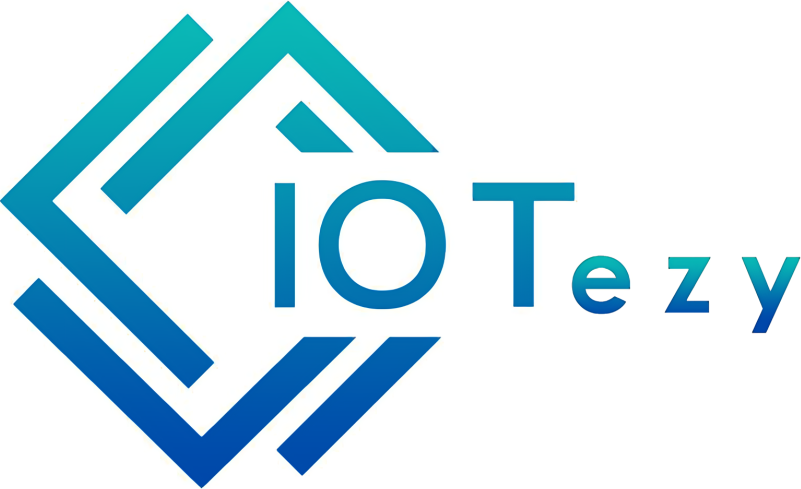What Is a Temperature Monitoring System? A Complete Guide
In today’s data-driven world, maintaining the right temperature is critical for industries ranging from food storage and pharmaceuticals to data centers and logistics. This is where temperature monitoring systems come into play — helping businesses track, record, and act on temperature changes in real-time.
Whether you’re new to the concept or looking to upgrade your existing setup, this guide will walk you through everything you need to know.
What Is a Temperature Monitoring System?

A temperature monitoring system is a digital or analog solution that continuously tracks temperature changes in an environment. These systems typically use sensors to collect data and relay it to a centralized platform for analysis, alerts, and reporting.
Modern systems often include IoT (Internet of Things) components, enabling remote monitoring, real-time alerts, cloud data storage, and predictive analytics.
How Do Temperature Monitoring Systems Work?
Here’s a simple breakdown:
Real-time Example:
A cold storage warehouse uses IoT-enabled sensors from Iotezy to monitor internal conditions. If the temperature rises above 8°C, the system instantly alerts the facility manager and logs the incident for audit compliance.
Key Components of a Temperature Monitoring System
Where Are These Systems Used?
Temperature monitoring systems are critical in:
|
Industry |
Use Case Example |
|
Cold Chain Logistics |
Ensuring frozen goods remain within required temperature |
|
Pharmaceuticals |
Maintaining stability of vaccines and medicines |
|
Food Storage |
Compliance with food safety regulations (e.g., SFA, FSSAI) |
|
Data Centers |
Preventing overheating and server failure |
|
Manufacturing |
Maintaining consistent production environment |
Benefits of a Temperature Monitoring System
Compliance and Regulations
Industries like pharma and food must follow strict regulations:
IOT-ezy’s systems are built to meet these global standards with complete audit trails, data security, and access control.
Why Choose an IoT-Based Monitoring System?
Traditional systems fall short when it comes to scalability, remote access, and predictive insights. With IoT, you gain:
IOT-ezy in Action

Iotezy’s temperature monitoring systems are trusted by logistics companies, pharmaceutical distributors, and F&B manufacturers across India and beyond.
With features like live dashboards, automated reports, and configurable alerts, we help businesses stay compliant and avoid costly errors.
Looking to level up your cold chain monitoring?
Get started with IOT-ezy, the tech behind workflow optimization.

